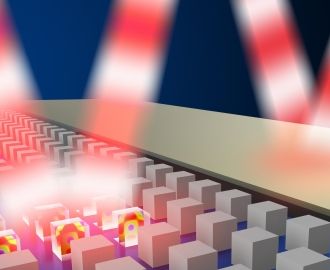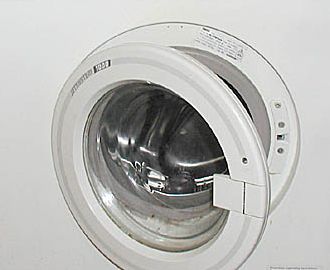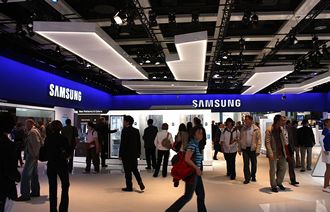 Just one week and a day after assuming her new roll as AMD’s CEO Dr. Lisa Su announced a reduction in force amounting to seven percent of the AMD’s current workforce of 10,149 employees.
Just one week and a day after assuming her new roll as AMD’s CEO Dr. Lisa Su announced a reduction in force amounting to seven percent of the AMD’s current workforce of 10,149 employees.
The fallowing of ~700 people follows two rounds of layoffs under Rory Read’s three year tenure.
AMD did not provide any information about where the cuts would be made – the company recently split into two divisions “Computing and Graphics”, and “Enterprise, Embedded and Semi-Custom”. Contacts indicate that “Computing and Graphics” will receive a majority of the “hits”.
Last Thursday’s warning by Microchip Chief Executive Steve Sanghi that a correction will spread more broadly across the industry in the near future sent shares of chipmakers lower last Friday.
Microchip is a broad spectrum supplier into the Chinese and Asian marketplace, booking revenue only after it is shipped by distributors – a closely coupled supply chain that quickly indicates impending sea changes. AMD shares a similar situation in China, the company’s biggest market, substantiating Microchip’s warning. Whether this is the beginning of a prolonged downturn or is merely another “noise blip” on the radar is entwined in controversy.
Strangely enough, AMD’s arch nemesis Intel, reported rather glowing results on Tuesday indicating that AMD might be suffering from Intel’s competitive resurgence in Asia. The fact that Intel is devoting resources to system level integration at the SoC level may now be having an effect on both competitors.
AMD’s experienced a 65% drop in quarterly profits and is expecting the current quarter to be 13% lower than the period ended in September. The company’s share price fell 6% to $2.49 in after-hours trading. The share price has dropped 43% in three months as of close Thursday.
Su went on to assure analysts that the company was moving toward customized chips for applications beyond videogames hinting at two customers that had the potential of bringing in $3 Billion in additional revenue over the next three years.
TechEye Take
The first time I saw Rory Read perform in front of analysts was somewhat of an embarrassment. He became so animated on stage that an additional two flaps of his arms per minute would have gotten him airborne (I heard that he fired his stage coach soon thereafter). His resignation came as no surprise, only late by three years. Lisa Su was the only stand-up with credibility and has remained so since.
Can we expect Dr. Su to right the AMD ship? She’s very smart and well experienced in the land of semiconductors and if anyone can accomplish the miracle required to make AMD a player she’d be my pick…,
 There’s surprise news in the gaming industry after Digital Extremes, the outfit which made Warframe, has been taken over by a Chinese chicken company.
There’s surprise news in the gaming industry after Digital Extremes, the outfit which made Warframe, has been taken over by a Chinese chicken company.


















